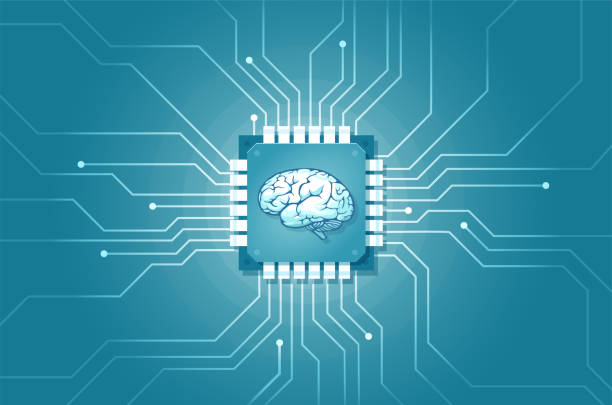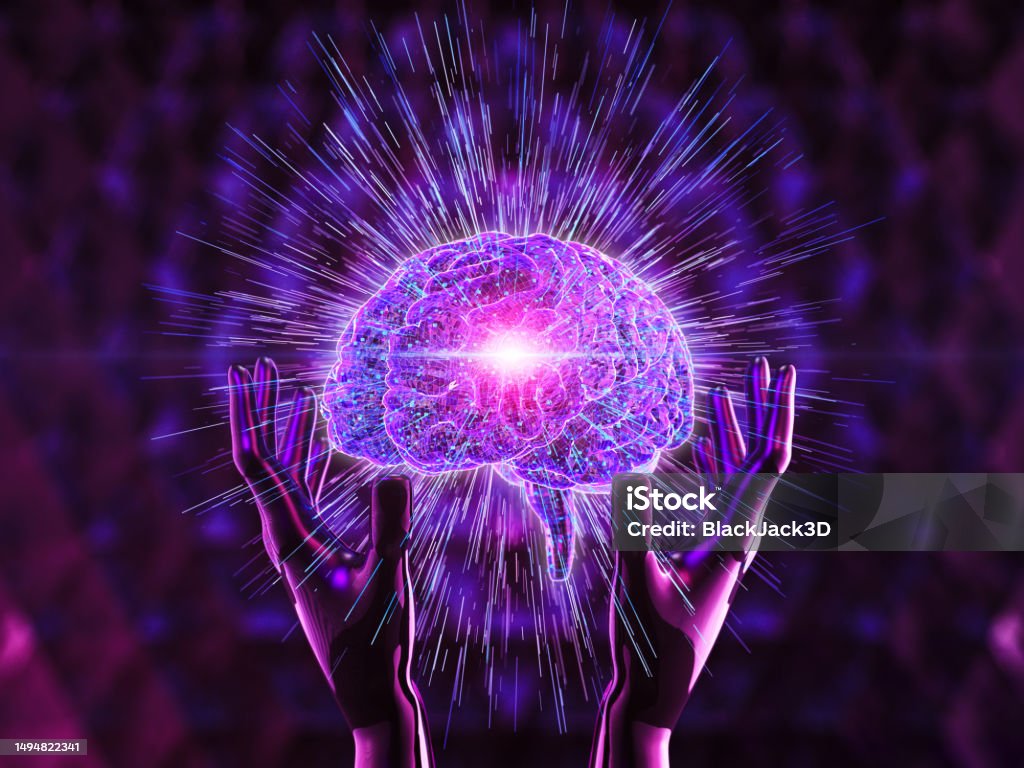
Introduction
Artificial Intelligence (AI) is no longer just the stuff of science fiction; it’s a vibrant and rapidly evolving field that’s transforming our world in remarkable ways. But how did we get here? The history of AI is a thrilling journey that takes us from ancient myths to modern marvels, revealing a tale of relentless innovation and discovery. Buckle up, because we’re about to embark on an exhilarating ride through the history of AI!
Exploring the Possibilities
Early Inspirations: Science Fiction to Reality
Imagine a world where machines think and act like humans. This concept, once confined to the realms of science fiction, captured the imagination of people in the first half of the 20th century. Think of the “heartless” Tin Man from “The Wizard of Oz” and the humanoid robot Maria from “Metropolis.” By the 1950s, the idea of artificial intelligence (AI) was ingrained in the minds of scientists, mathematicians, and philosophers.

One such visionary was Alan Turing, a young British polymath who dared to ask, “Can machines think?” Turing suggested that if humans use information and reason to solve problems and make decisions, why couldn’t machines do the same? This question formed the backbone of his groundbreaking 1950 paper, “Computing Machinery and Intelligence,” where he discussed building intelligent machines and proposed the famous Turing Test to evaluate a machine’s ability to exhibit intelligent behavior.
Overcoming Initial Challenges
Overcoming Early Hurdles
Talk is cheap, and creating intelligent machines required more than just great ideas. In the early days, several obstacles stood in the way. First, computers in 1949 were incapable of storing commands; they could only execute them. Imagine trying to solve a puzzle without remembering your previous moves—frustrating, right? Second, computing was prohibitively expensive. In the early 1950s, leasing a computer could cost up to $200,000 a month! Only prestigious universities and large tech companies could afford to dabble in these uncharted waters.
To move forward, AI needed a proof of concept and the advocacy of influential figures to secure funding and convince the world that machine intelligence was a worthy pursuit.
The Pioneering Conference That Started AI
Dartmouth: The Birthplace of AI
Enter the Dartmouth Summer Research Project on Artificial Intelligence (DSRPAI) in 1956. This historic conference, organized by John McCarthy, Marvin Minsky, Nathaniel Rochester, and Claude Shannon, is often hailed as the official birth of AI as a field. McCarthy coined the term “Artificial Intelligence” at this very event, envisioning a collaborative effort to explore the possibilities of intelligent machines.
Despite high hopes, the conference didn’t quite go as planned. Attendees came and went, and there was no consensus on standard methods for AI research. However, the gathering was significant because it ignited two decades of intense AI research and established AI as a legitimate scientific discipline.
Navigating the Ups and Downs: Successes and Setbacks in AI Development
The Golden Era: 1957 to 1974
From 1957 to 1974, AI research flourished. Computers became faster, cheaper, and more accessible. Machine learning algorithms improved, and researchers got better at selecting the right algorithms for specific problems. Early AI programs like Allen Newell and Herbert A. Simon’s General Problem Solver and Joseph Weizenbaum’s ELIZA showcased promising advancements in problem-solving and natural language processing, respectively.
Government agencies, particularly the Defense Advanced Research Projects Agency (DARPA), saw the potential and began funding AI research at various institutions. Optimism was high, and expectations were even higher. Marvin Minsky famously predicted in 1970 that within three to eight years, we would have a machine with the general intelligence of an average human being.
The AI Winters: 1974 to 1980
But progress was slower than expected. By the mid-1970s, the initial excitement had waned. Funding dwindled, and interest in AI research declined—a period now referred to as the “AI winter.” The lofty goals of natural language processing, abstract thinking, and self-recognition were proving to be far more challenging than anticipated.
The Resurgence of AI
The Rise of Machine Learning
AI made a comeback in the 1980s and 1990s, thanks to machine learning—a subset of AI that focuses on developing algorithms that allow computers to learn from and make decisions based on data. Neural networks, which had been sidelined, re-emerged with new vigor. Researchers discovered that with enough data and computational power, these networks could achieve remarkable results.
The Big Data Boom
The explosion of big data in the 2000s and the advent of powerful GPUs provided the fuel needed to train complex machine learning models. Suddenly, AI systems were capable of performing tasks that were previously unimaginable. This resurgence led to significant advancements in areas like speech and image recognition, natural language processing, and robotics.
Modern AI: Achievements and Applications
AI Milestones
In recent years, AI has achieved feats that were once considered the stuff of dreams. In 2011, IBM‘s Watson triumphed over human champions on the game show “Jeopardy!,” demonstrating the potential of AI in natural language processing and In 2016, Google’s AlphaGo defeated the world champion Go player, showcasing the power of deep learning and reinforcement learning.
Everyday AI
Today, AI is embedded in various aspects of our lives. Virtual assistants like Siri and Alexa, recommendation systems on Netflix and Amazon, and personalized marketing—all powered by AI—enhance our daily experiences. In healthcare, AI helps diagnose diseases and personalize treatment plans. In finance, it detects fraudulent activities and manages investments with impressive accuracy.
Ethical and Social Implications of AI
Navigating Ethical Waters
As AI continues to evolve, it raises significant ethical questions. How do we ensure AI systems are fair and unbiased? How do we protect privacy in an age where data is the new gold? These are pressing issues that researchers and policymakers must address to ensure responsible AI development and deployment.
The Future of Work
AI’s impact on the job market is another area of concern. While AI can automate routine tasks and boost productivity, it also poses a risk of job displacement. However, it also creates new opportunities, emphasizing the need for reskilling and adapting to the changing landscape.
The Future of AI

Beyond Narrow AI
The future of AI holds exciting possibilities. Researchers are working toward developing artificial general intelligence (AGI)—machines that can perform any intellectual task that a human can do. Advances in quantum computing may further accelerate AI development, enabling the processing of complex computations at unprecedented speeds.
AI in Society
As AI becomes more integrated into society, it will continue to transform industries and daily life. From smart cities that optimize energy use to autonomous vehicles that enhance transportation safety, AI has the potential to create a more efficient and connected world.
Conclusion
The history of AI is a testament to human ingenuity and our relentless pursuit of innovation. From ancient myths to modern marvels, AI has come a long way, overcoming challenges and achieving remarkable milestones. As we look to the future, the continued evolution of AI promises to bring even more transformative changes, shaping the world in ways we can only begin to imagine.
FAQs
Ancient myths and legends, such as Greek mythology’s Talos and Chinese folklore’s mechanical beings, were early concepts of artificial beings, showcasing humanity’s long-standing fascination with creating life-like machines.
Alan Turing, often regarded as the father of computer science, made significant contributions to AI. His concept of a universal machine and the Turing Test were foundational in the development of artificial intelligence.
AI winters refer to periods in the 1970s and 1980s when interest and funding in AI research significantly declined due to unmet expectations and the realization of the complexities involved in creating intelligent machines.
Machine learning, a subset of AI, focuses on algorithms that enable machines to learn from experience. The revival and improvement of techniques like neural networks, along with the availability of big data and powerful computational resources, have been critical in AI’s resurgence.
AI is used in various fields, including virtual assistants like Siri and Alexa, recommendation systems on platforms like Netflix and Amazon, healthcare for disease diagnosis and treatment personalization, and finance for fraud detection and investment management.


